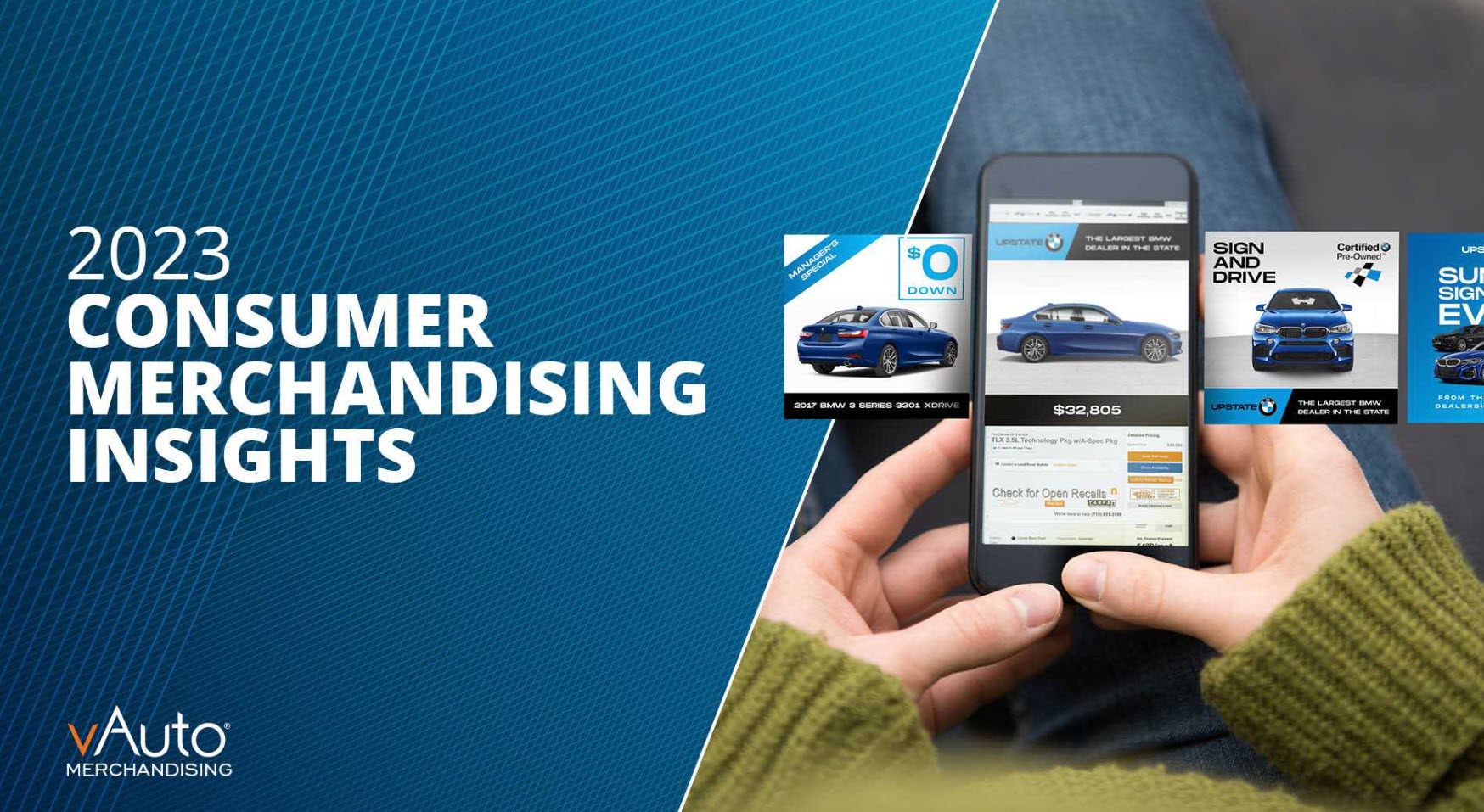4 Pointers To Get Used Cars To The “Virtual Front Line” Quickly
In a previous post, I addressed best practices to help dealers get vehicles out of reconditioning and retail-ready in less time.
My post was intended to help dealers recognize the “time is money” nature of today’s used vehicle business and help them minimize delays that prevent them from getting cars to the “front line” in a matter of hours, not days.
I also noted how today’s dealers really have two “front lines” to worry about—the physical “front line” on their lots, and the “virtual front line” on dealership and third-party websites. This article aims to help dealers trim the time it takes to merchandise vehicles on the “virtual front line” in a matter of minutes, not hours.
Before we dig in, however, I should offer two quick stage-setters.
First, the “virtual front line” pointers below address a preliminary phase of online used vehicle merchandising—one that alerts potential buyers that you’ve got a desirable car and offers them more detail and information than the “photos coming soon” or “call for details” placeholders some dealers currently use.
Second, the pointers are gleaned from dealers who have determined the extra steps required to get cars to the “virtual front line” quickly are well worth the effort. They see more Vehicle Details Page (VDP) views sooner and, as a result, retail their vehicles more quickly to maximize profitability and their return on investment (ROI).
Pointer #1: Focus on photos first. For trade-ins, some dealers ask appraisers or managers to take photos of vehicles they identify as retail units. They’ll use mobile phone cameras to capture three to five preliminary photos to post online as part of an initial listing for the vehicle. Some dealers save these photos as part of a vehicle’s story book to show a customer a then/now view of a vehicle and underscore the value of their detailing and reconditioning work.
For auction vehicles, dealers cull photos of vehicles they’ve purchased from auction listings or the websites of selling dealers who brought the vehicle to the auction. If those photos aren’t available, and the car is purchased at a physical auction, dealers task their buyers to take preliminary photos to merchandise the vehicle.
Pointer #2: Complete a description. There are two approaches here—some dealers post a preliminary description that offers key highlights of the vehicles; others aim to complete a description that will serve as the “final” take. Either way, the goal of the description is to highlight each vehicle’s unique attributes and its value proposition. Some dealers tap their appraisers and sales teams to help define the “story” behind a trade-in vehicle. For auction cars, a vehicle’s condition report often contains sufficient details to craft a description.
Pointer #3: Post your price. At process-efficient dealerships, the initial asking price of a vehicle can be quickly determined using pricing tools that help calculate a car’s costs (acquisition plus reconditioning, etc.), its desired profit margin and its best retail price position, given competing units in the market. This initial pricing decision is trickier at dealerships where it can take days to get estimates and approvals for reconditioning work. In these cases, a “call for price”-type notice on the vehicle’s online listing is probably the safest, albeit less optimal, option.
Pointer #4: Be up-front about glitches. Dealers who make the “virtual front line” a top-tier priority say they sometimes encounter issues with customers expressing interest in vehicles that aren’t available at the dealership. This can be caused by vehicles failing post-auction inspections or encountering transportation delays. The dealers say that when they explain the situation in an open and up-front manner, most customers understand the circumstances—and some even accept the dealer’s invitation for a right-of-first-refusal and opportunity to see the car as soon as it arrives at the dealership.
As noted earlier, these “virtual front line” pointers amount to an extra layer of work. However, dealers say these steps help them garner more VDP views and customer leads more quickly, which translates to selling vehicles in less time to maximize their front-end gross profit and ROI potential.
Perhaps most important, the “virtual front line” best practices help dealers meet an operational mantra that’s becoming ever-more important: “If a used vehicle isn’t online, it isn’t for sale.”
The post 4 Pointers To Get Used Cars To The “Virtual Front Line” Quickly appeared first on Dale Pollak.

















